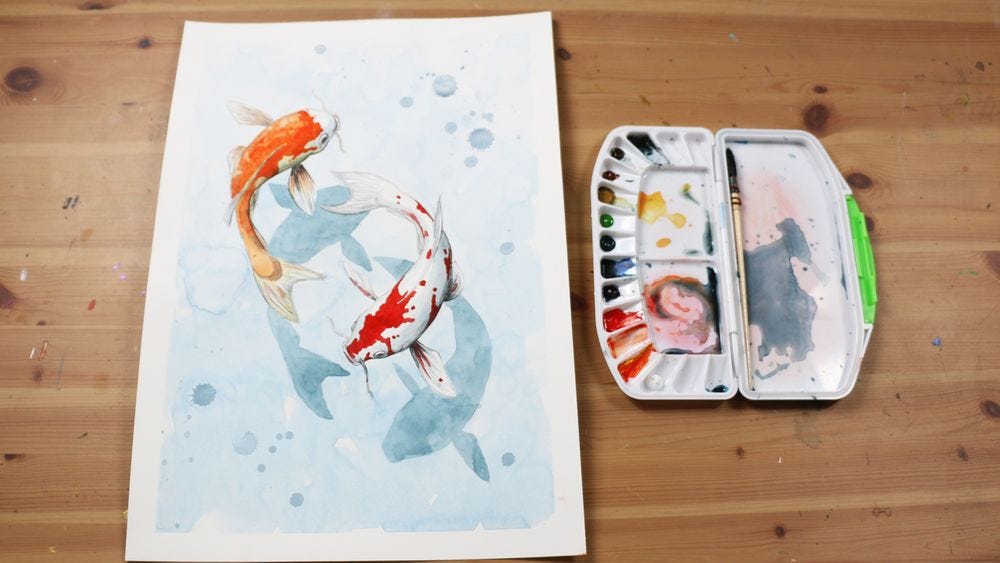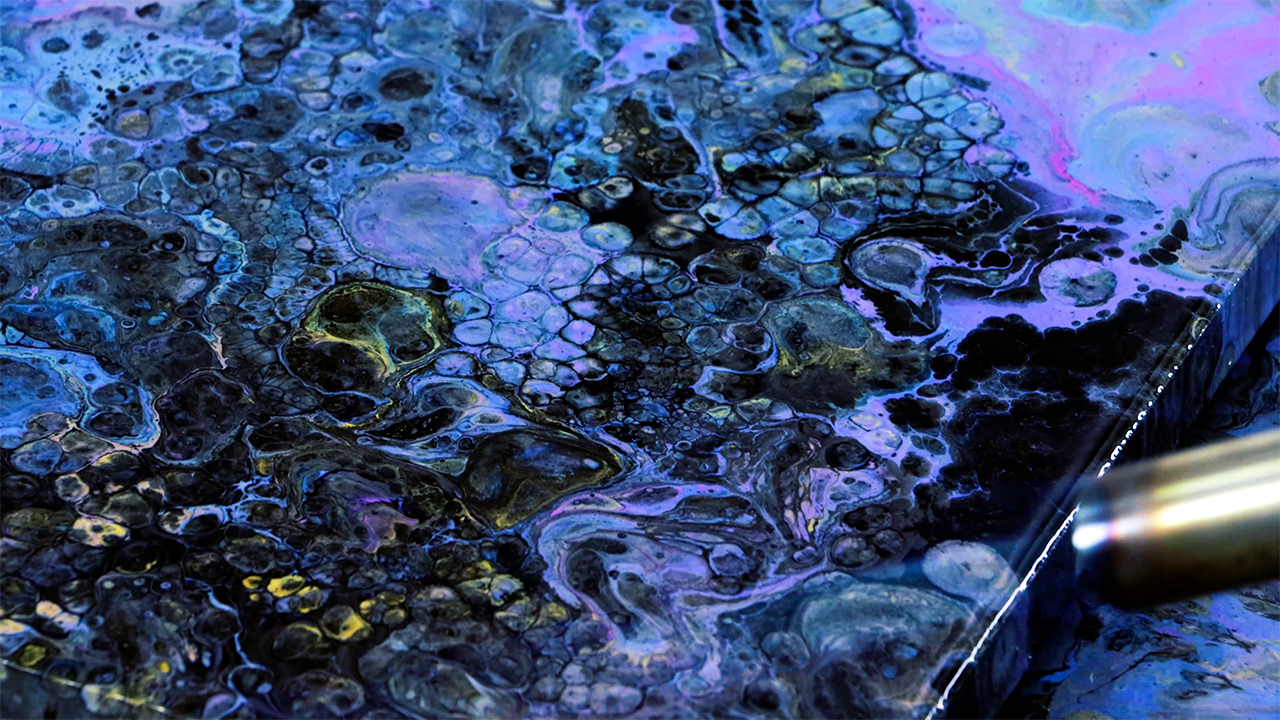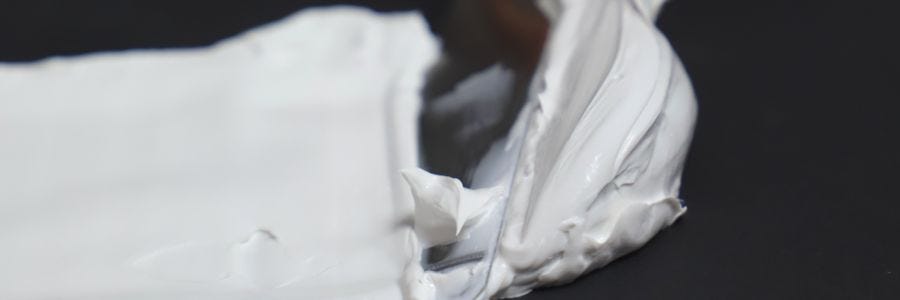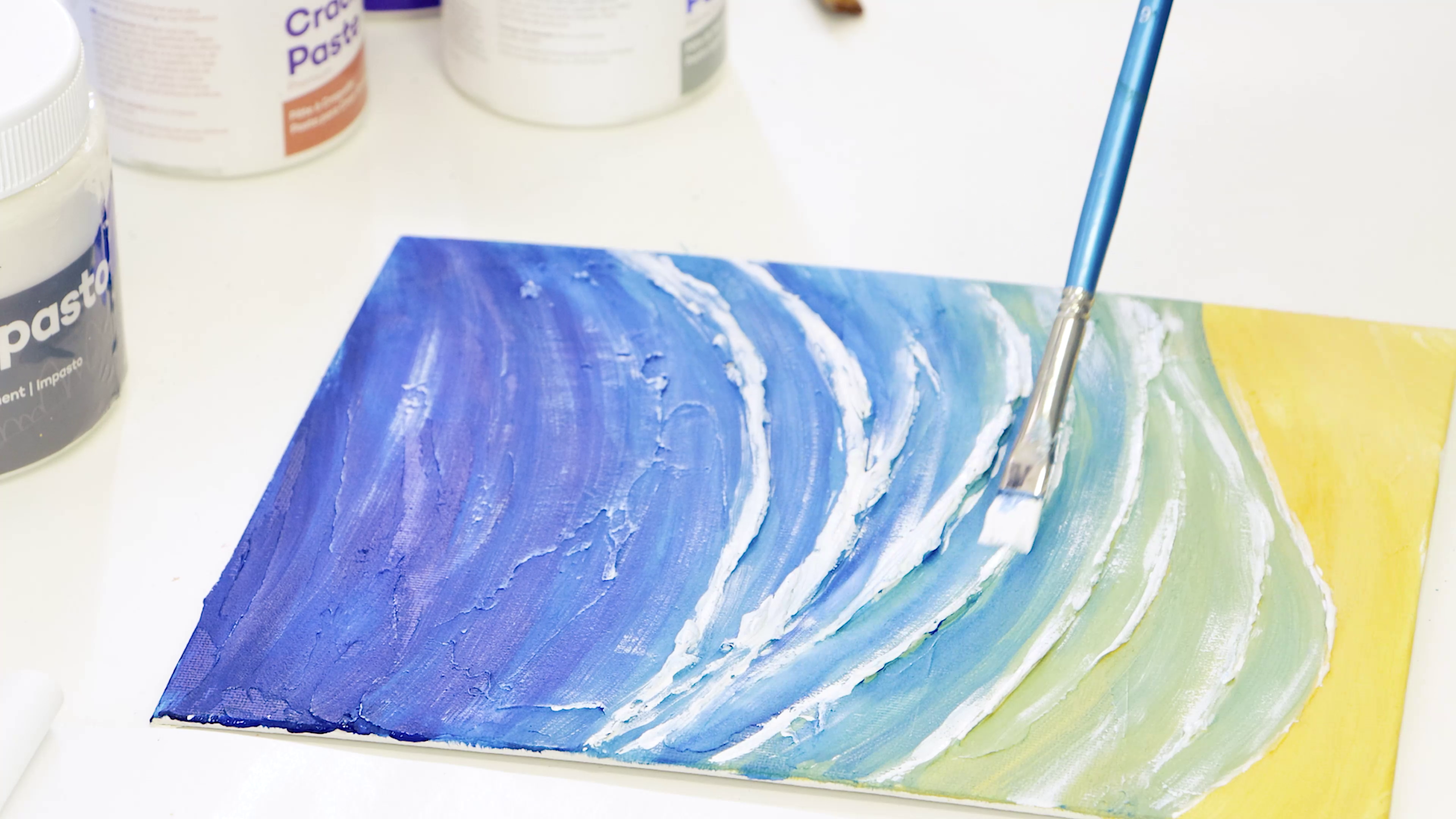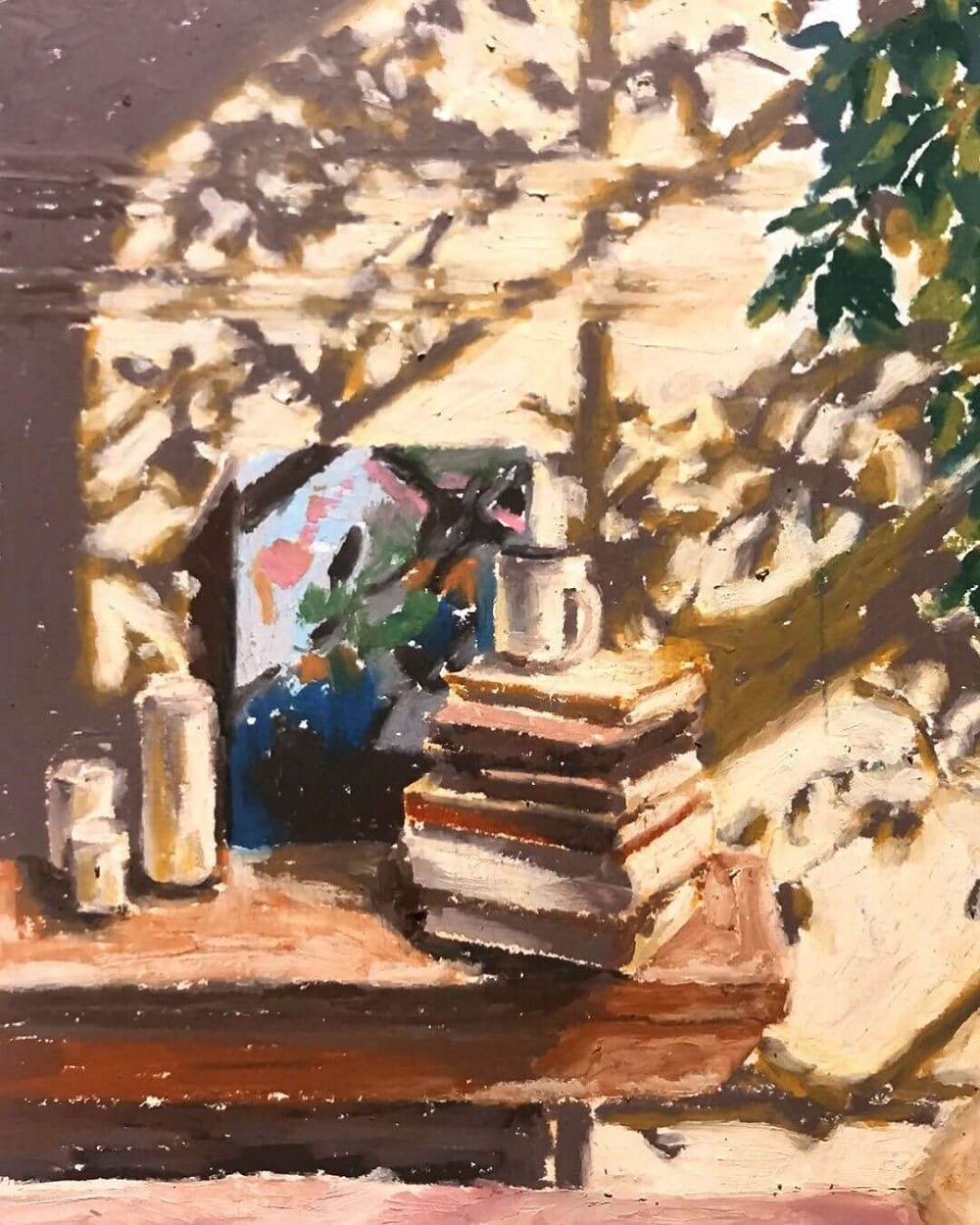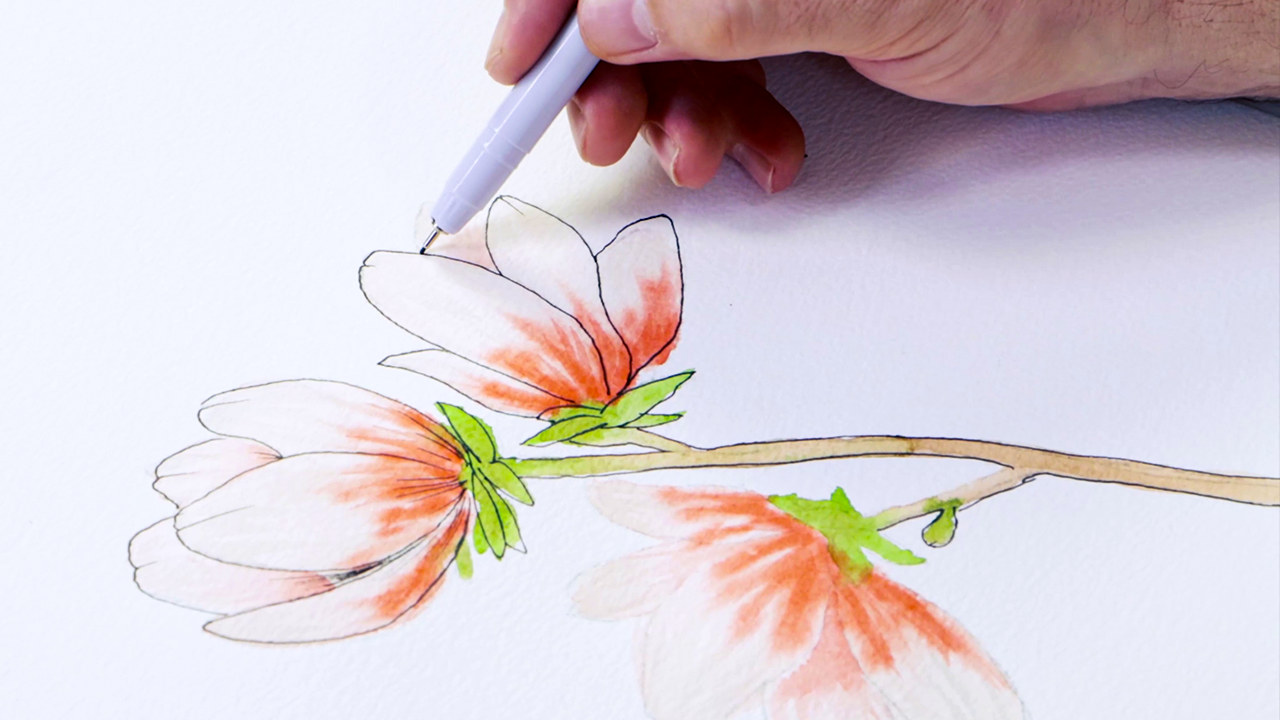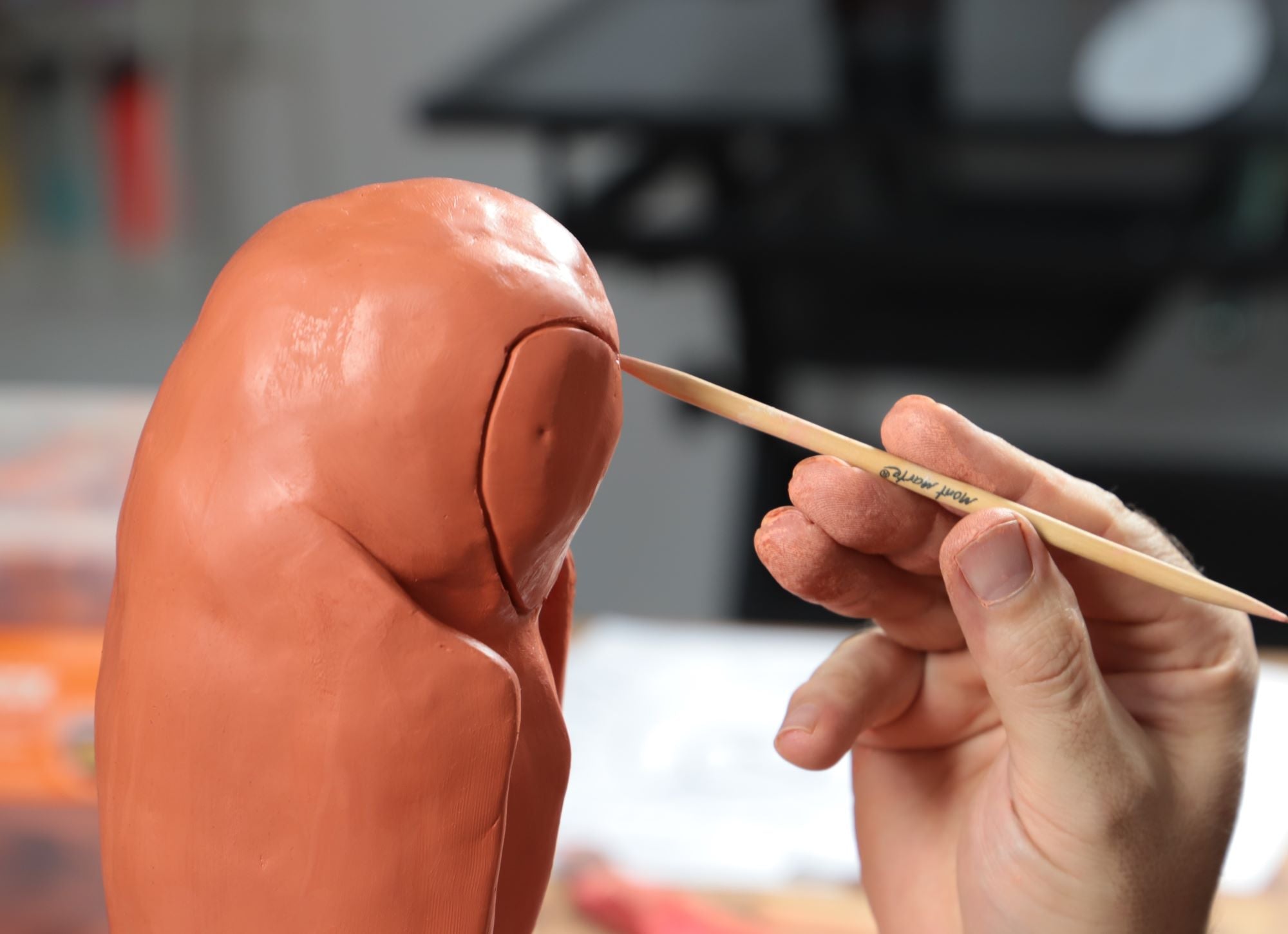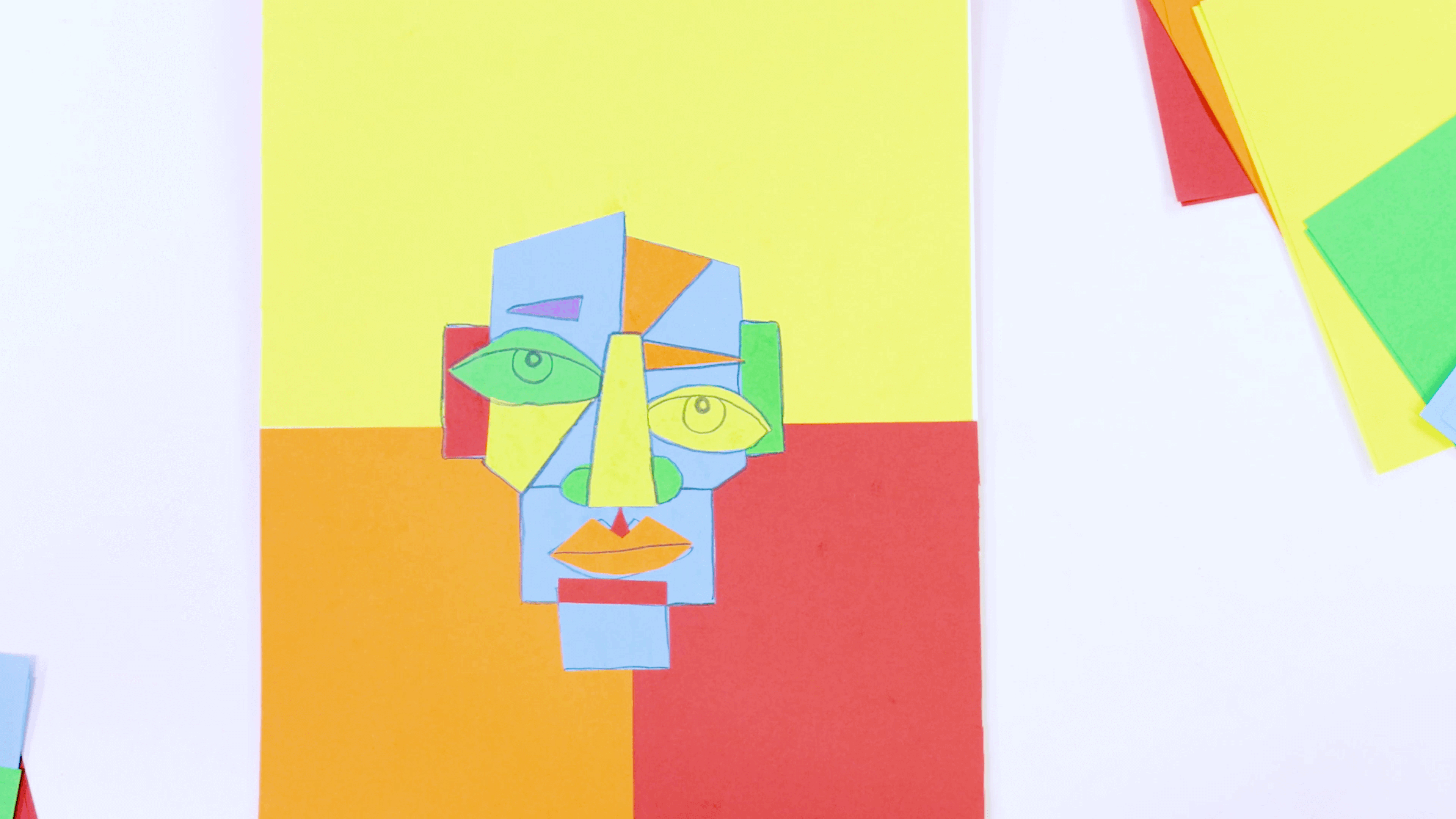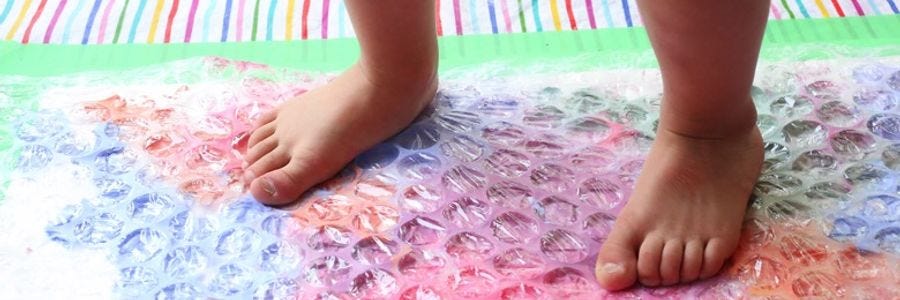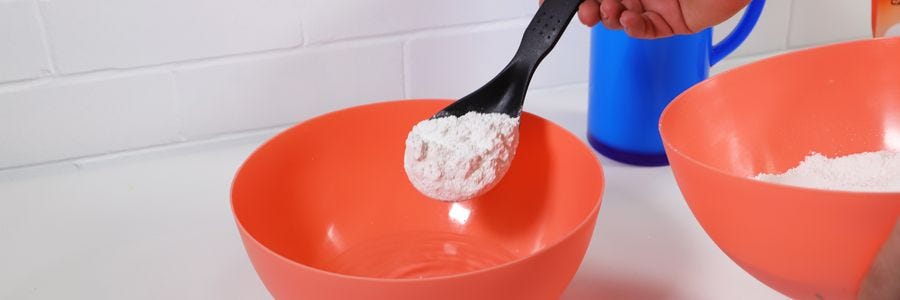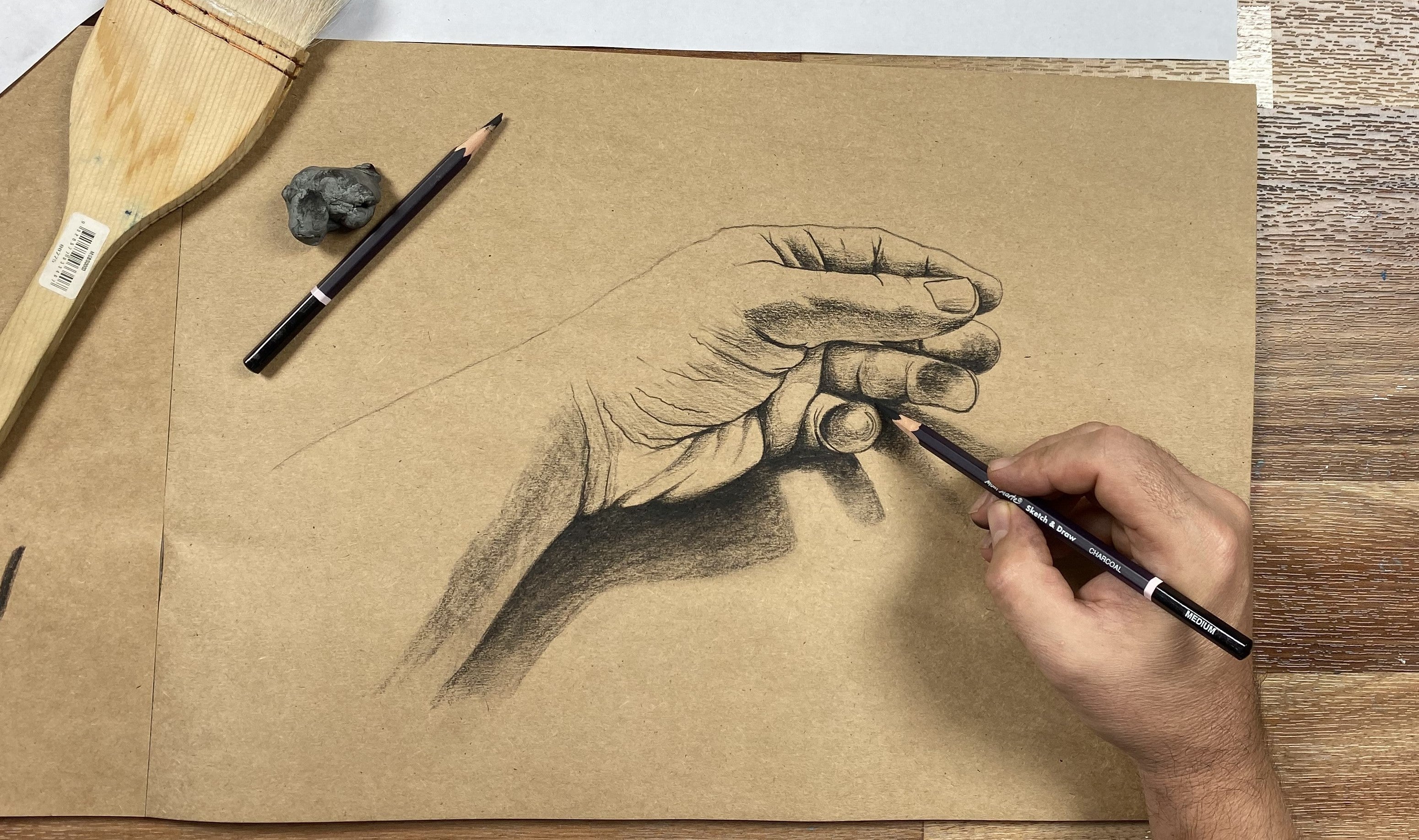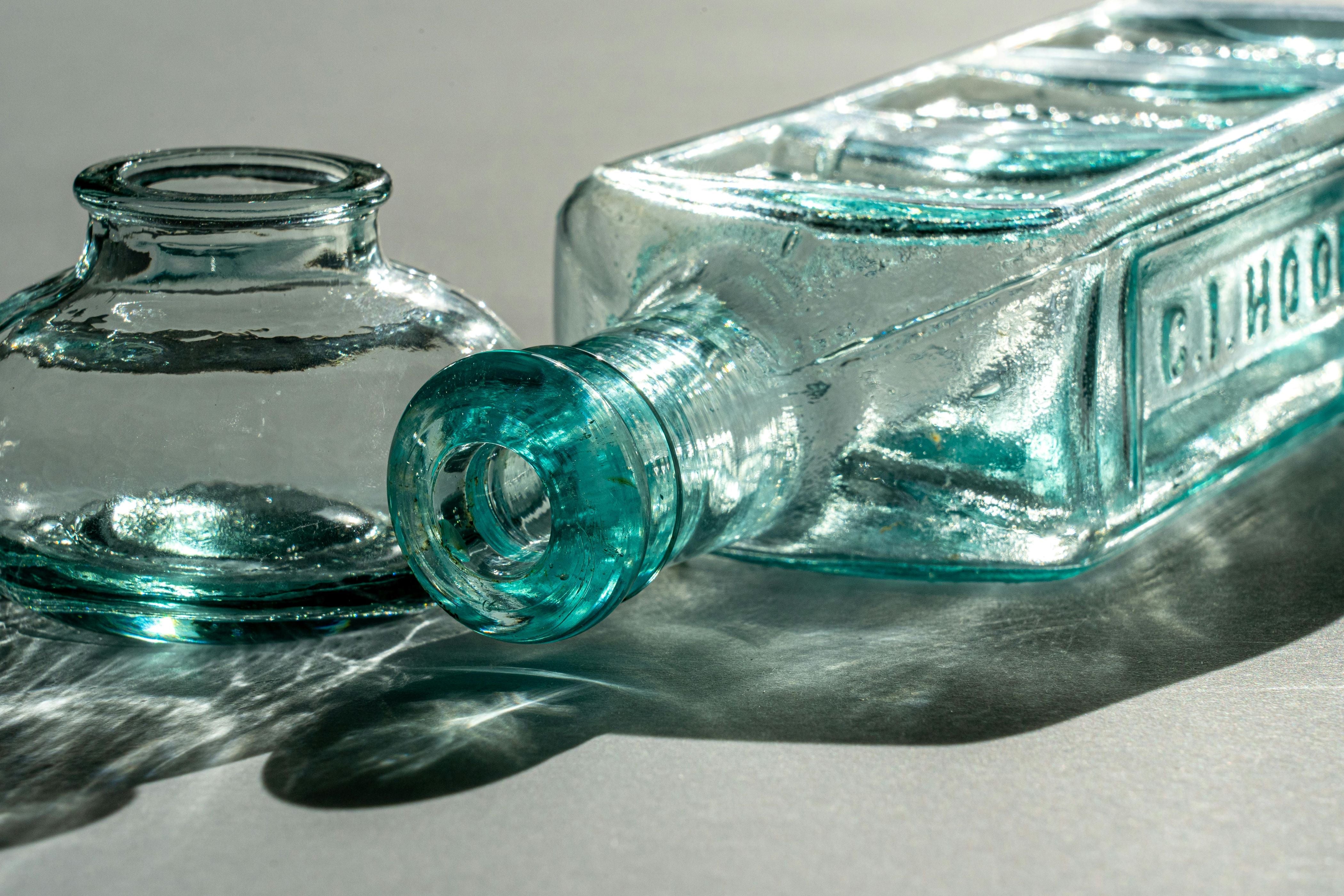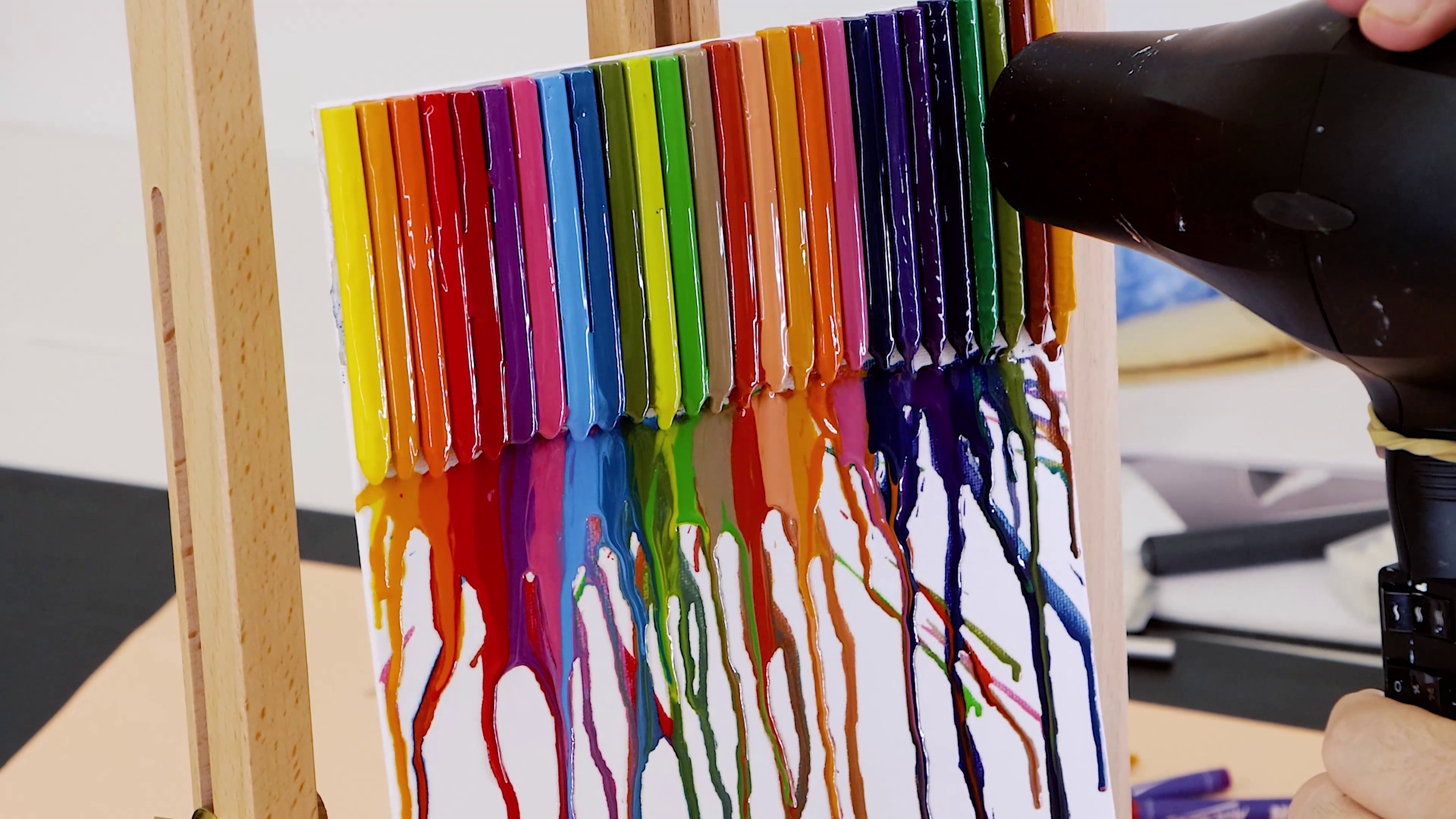Are you thinking about creating a Plaster of Paris project? Whether you’re working on a fun art activity with the kids or creating a beautiful sculpture, we’ve put together our top Plaster of Paris tips to help you out.
1. Use protective gear
Look after yourself and always wear a dust mask and latex gloves when you’re working with Plaster of Paris. You should also open the windows to keep your work space ventilated.
2. Never submerge hands or feet
You might not realise it, but plaster can heat up to 60 degrees Celsius when it’s setting. To prevent injury, never submerge your hands or feet in plaster to create casts.
3. Add plaster to water
Sprinkle your plaster into water (rather than adding water to your plaster) and stir it immediately until all lumps are gone. This order is important for creating a nice, smooth plaster mix.
4. Mix 2 parts plaster to 1 part water
Our go-to ratio is 2 parts plaster to 1 part room temperature water. Since this can depend on temperature and moisture in the air, you can experiment with small batches and use a bit of trial and error.
5. Knowing when plaster is ready to use
You’ll know that your plaster is ready to use if you draw a line using a clay tool and it doesn't flatten back out straight away.
6. Removing air bubbles
Get all those annoying air bubbles out of your plaster by pouring it slowly into your mould and tilting it to spread the plaster around. You’ll then need to pour the plaster back into a bucket and re-pour it into the mould (this can be done before or after the first coat has dried – play around to see what works best for your project).
7. Top up large moulds straight away
If you’re pouring a big mould and didn’t mix enough plaster, make another batch straight away and pour it in.
8. Sculpting plaster
To sculpt plaster instead of using a mould, you will need to build a framework (armature) to support it. If you need some tips on how to build your armature, check out the beginning of our Pterosaur sculpture video tutorial.
9. Work quickly
Plaster is workable for 5-10 minutes and can take anywhere between 3 hours and 3 days to set.
10. Don’t wash plaster down the sink
Scrape leftover plaster onto a sheet of newspaper and put it in the bin. Never wash it down the sink because it can cause clogging.
11. Store leftover plaster in an airtight container
If you end up with any leftover plaster after a project, you can store it in an airtight container and save it for later.


